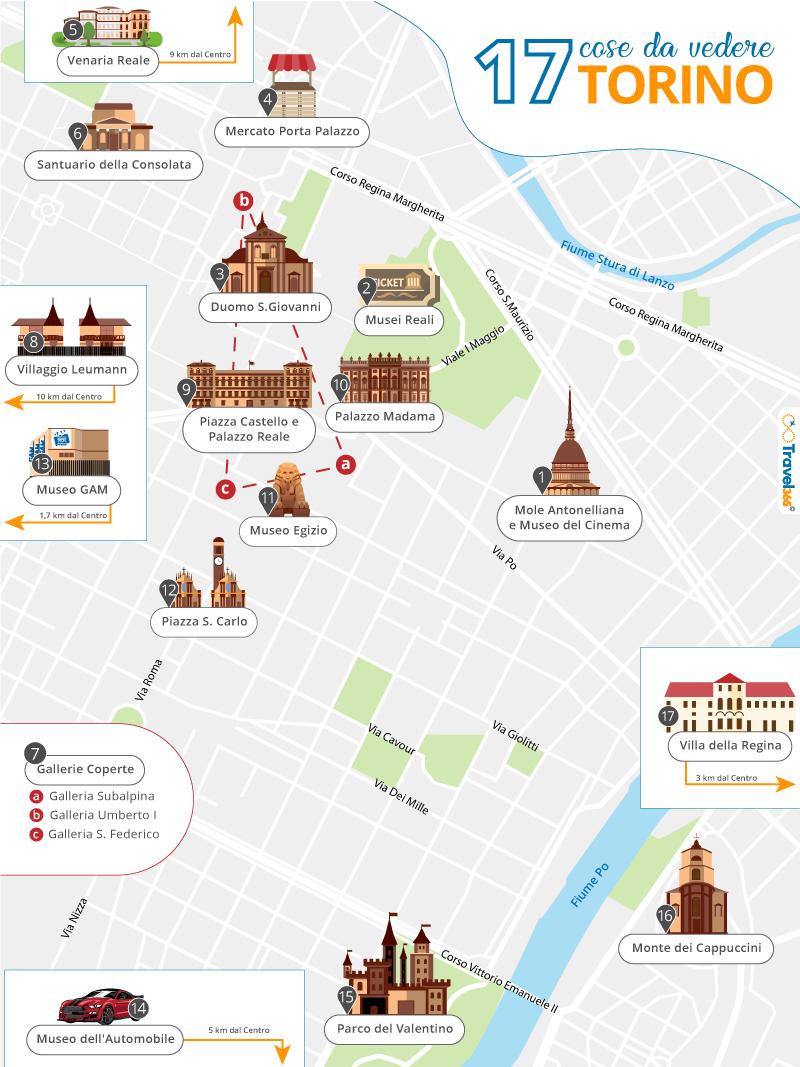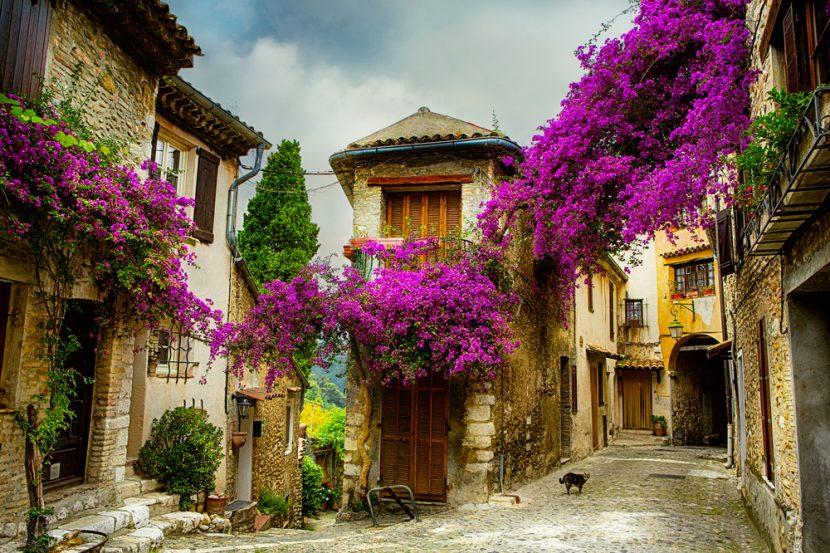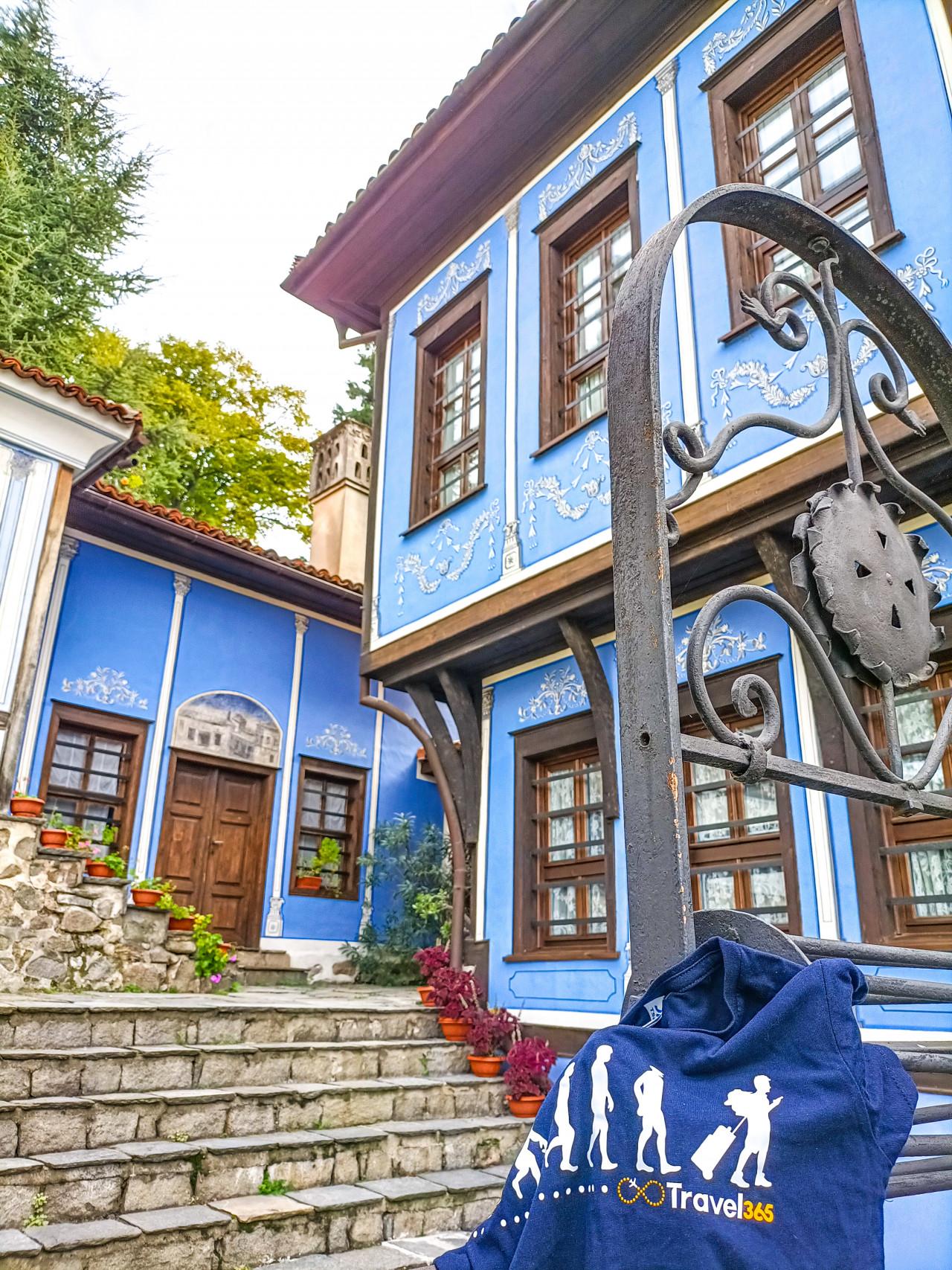
Here you can discover archaeology and history, colourful narrow streets, museums that tell of Bulgaria's origins and the traditions of this fascinating country.
Here is a guide to Plovdiv: where it is, when to go and what to see!
Informed travel: useful info
Inhabitants: 669,796
Language: Bulgarian
Local currency: Bulgarian Lev (€1.00=1.96 BGN)
Climate: temperate climate, average temperatures -2 / 25°C
Time zone: +1h from Italy
Entry requirements: identity card valid for foreign travel
Security info: in general a safe city, with rare episodes of petty crime such as muggings and thefts against tourists, mainly occurring in the capital Sofia and in the coastal tourist areas - Official Farnesina website
Closest airports: it has its own airport 22 km from the city but does not operate international flights. To get there, it is therefore necessary to fly to Sofia, 150 km from Plovdiv, and then continue by bus for another 2 hours.
Where it is located
It is located in Bulgaria, and is among the most important cities in the country, second only to the capital. It is located in the centre of the Thracian Plain, surrounded by mountains and only 150 km from the capital Sofia.
How to get there
From Milan or Rome: you have to land in Sofia, which is well connected to Italy by direct low-cost flights of 2½ hours. From Sofia train station, reachable by taxi in 6 minutes with about €4.00, train to Plovdiv (about 3 hours - from €5.00) - Compare flights to Sofia from €20.00
From major European capitals: first you have to go through Sofia. Ryanair provides flight connections from various cities e.g. Barcelona, Athens, London, Berlin, etc.
When to go? Info on climate and best time
Month | Average temperatures (min/max) | Precipitation (days/mm) |
|---|---|---|
January | - 3 / 5° | 7 days / 50 mm |
February | - 2 / 7° | 7 days / 40 mm |
March | 1 / 13° | 7 days / 45 mm |
April | 6 / 18° | 7 days / 45 mm |
May | 11 / 24° | 9 days / 70 mm |
June | 15 / 28° | 8 days / 65 mm |
July | 17 / 31° | 6 days / 50 mm |
August | 17 / 32° | 5 days / 35 mm |
September | 13 / 26° | 4 days / 40 mm |
October | 8 / 19° | 5 days / 45 mm |
November | 3 / 13° | 6 days / 55 mm |
December | - 2 / 6° | 8 days / 60 mm |
Climate: temperate characterised by cold winters with frequent snowfall and warm summers. Temperatures range from - 1 to 27 °C and precipitation occurs all year round, even in the driest months
Best period: May and September are two intermediate months with mild temperatures, not too cold or too hot, ideal for enjoying the city
Period to avoid: December to February is very cold, while July and August are the hottest months with high temperatures
Tips: considering that even in summer there are several rainy days, never forget to bring an umbrella and closed shoes
10 things to see in and around Plovdiv
Old Town, the historic centre (UNESCO World Heritage Site), where you will find prehistoric dwellings, medieval buildings, steep and narrow streets, colourful houses, stairways, small squares and a series of art galleries, museums and craft workshops.
Ancient Theatre, an amphitheatre from the Roman era built in 114 BC and capable of seating 7,000 spectators.
Roman Stadium, with a capacity of 30,000 spectators, was used in antiquity for the Olympic Games in honour of the gods and later as a race track for chariot races.
Roman Forum, was the centre of city life where meetings, discussions, celebrations and events were held, currently the largest in Bulgaria.
Nebet Tepe Archaeological Complex, located on one of Plovdiv's hills, houses the first settlements in the city dating back to 4000 BC, remains of fortresses and city walls.
Small Basilica, a Christian church with colourful, geometric mosaics on the walls and floors attributed to the Byzantine Empire.
Kapana, the soul of the city, the liveliest quarter where you can discover local crafts and Bulgarian art, populated by street performers, tasty restaurants and colourful shops.
Regional Archaeological Museum, housing artefacts and works of art from all over the Plovdiv region, as well as the world's largest collection of coins.
Regional Ethnographic Museum, the museum chronicles ancient crafts, customs and traditions of Bulgarian society with items from the Plovdiv region such as musical instruments, clothing, copper objects and jewellery.
Danov Hill, a 210-metre-high hill in the centre of Plovdiv from which to admire the view over the city, especially at sunset or at night.
What to do in Plovdiv: excursions and tours
How much does it cost to visit Plovdiv? Prices, offers and tips
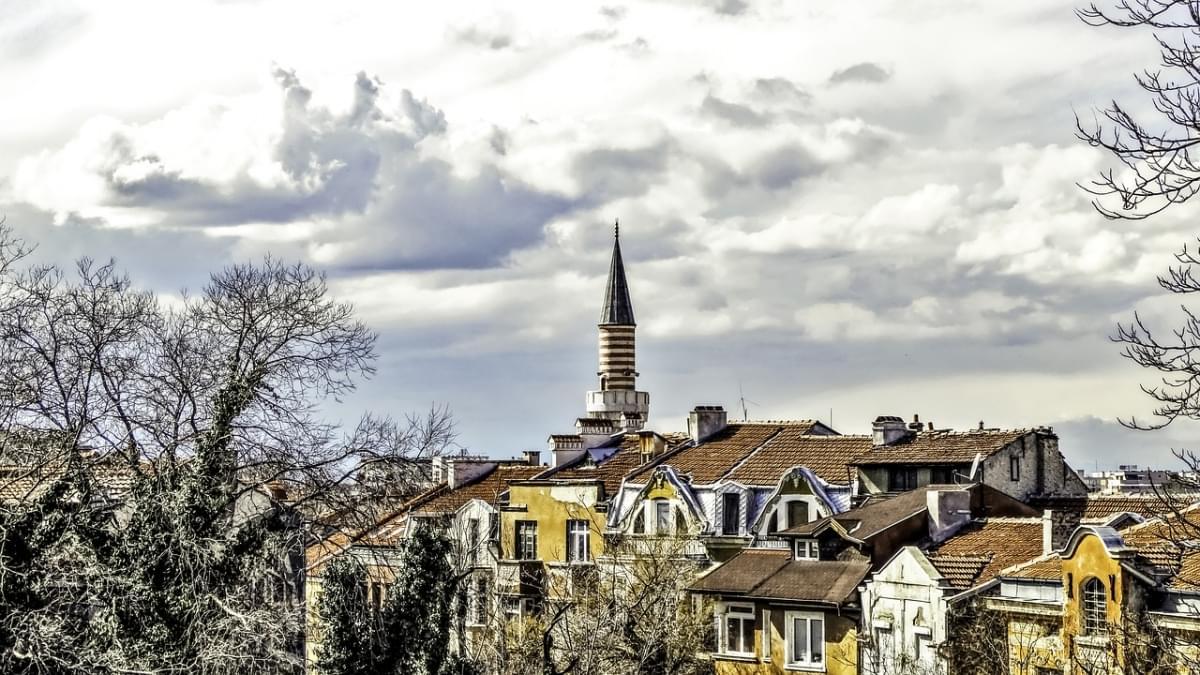
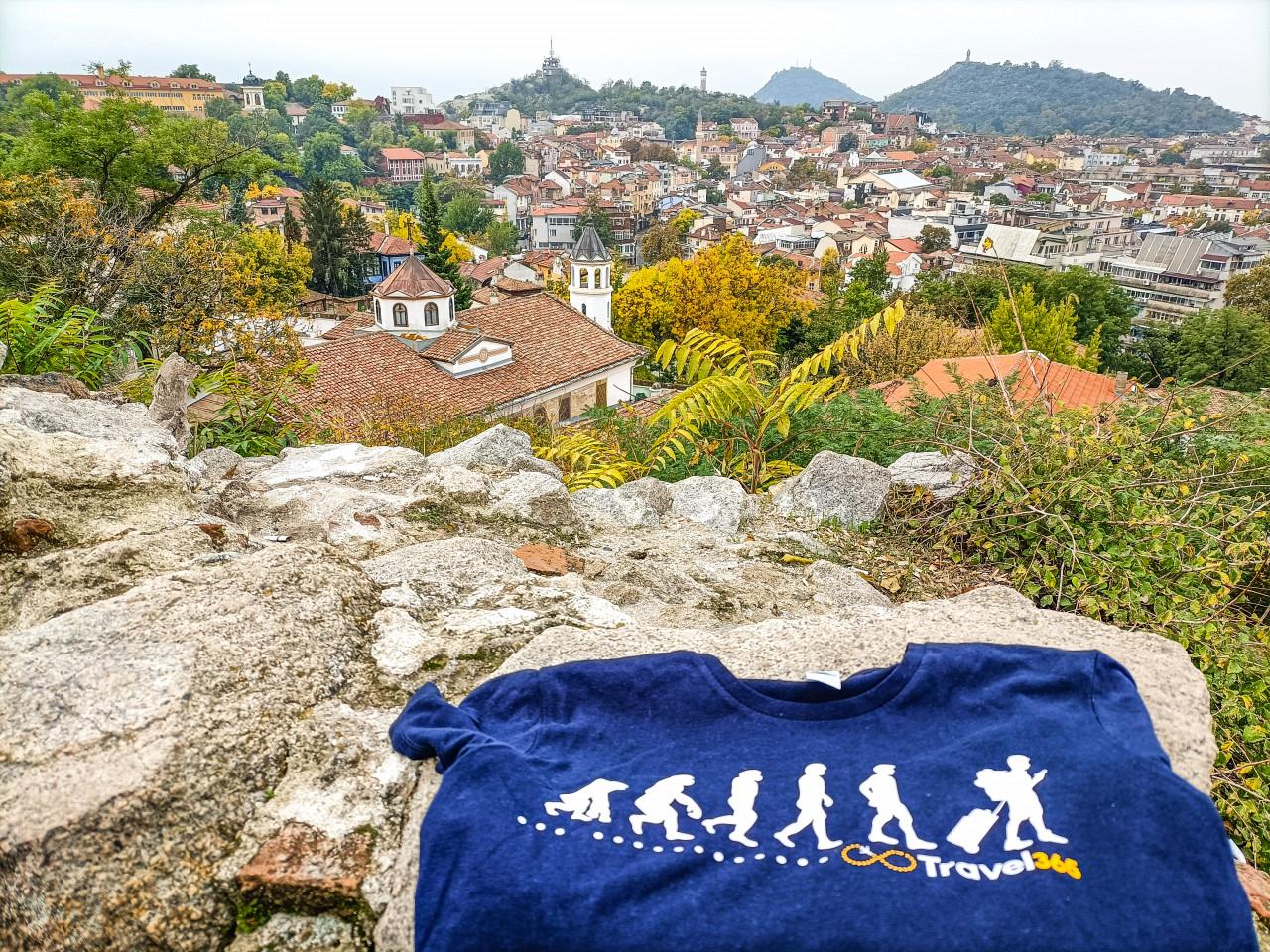
As far as flights are concerned, one can travel at low prices thanks to Ryanair connections.
Food, accommodation and various activities are just as cheap: a meal costs on average €8.00, car rental starts at €15.00 per day and guided tours at €20.00, varying according to duration and type. Accommodation starts at €10.00 per night in hostels, and an average of €15.00 per night in hotels, in both cases with breakfast.
This is a city that can be visited in a couple of days, so we recommend keeping Plovdiv as a stopover and moving on to other cities.
Where to stay: Hotels and B&Bs from €16.00 per room - see offers
Cheap flights: from €20.00 - look at the offers
Flight+ hotel: Return flight + 7 days/6 nights from €250.00 per person - see offers
Card, tickets and recommended tours: 1-day excursion from Sofia Visit with free transfer 2-hour city walking tour Cultural Pub tour
